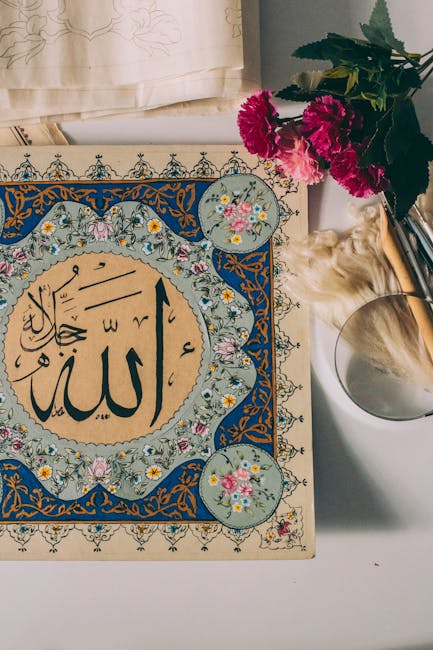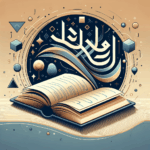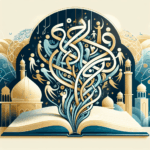The Arabic Alphabet as a Cultural Symbol: Unraveling Its Rich Heritage
Have you ever wondered about the beauty and significance of the Arabic alphabet? This writing system is not just a means of communication—it’s a cultural symbol that holds the key to centuries of history, art, and tradition. Join me as we explore the fascinating world of the Arabic alphabet and its impact on culture. ✨
Table of Contents
1. Introduction
2. The Origins of the Arabic Alphabet
3. The Arabic Alphabet as an Art Form 🎨
4. The Cultural Impact of the Arabic Alphabet
5. The Arabic Alphabet Today
6. Conclusion
7. FAQ
The Origins of the Arabic Alphabet
The Arabic alphabet has a rich history dating back to the 4th century CE. It evolved from the Nabataean script, which itself descended from the Aramaic alphabet. This historical lineage speaks volumes about the cultural exchanges that have shaped the Middle East over the millennia. Did you know that the Arabic script is used for more than just the Arabic language? It’s also employed for Persian, Urdu, and several other languages, showcasing its versatility and widespread influence. 🌍
The Arabic Alphabet as an Art Form 🎨
One cannot discuss the Arabic alphabet without mentioning its artistic expression—calligraphy. Arabic calligraphy is more than just writing; it’s a revered art form that combines aesthetic beauty with spiritual depth. From the intricate designs of mosques to the delicate sketches in manuscripts, calligraphy serves as a testament to the elegance of the Arabic script. It’s not uncommon to find phrases from poetry or religious texts beautifully rendered, highlighting the intersection of language and art.
The Cultural Impact of the Arabic Alphabet
The Arabic alphabet is a cornerstone of cultural identity for millions worldwide. It’s a vehicle for preserving literary works, religious texts, and historical documents. The Quran, the holy book of Islam, is one of the most significant texts written in Arabic, and its script has played a crucial role in the dissemination of Islamic teachings. Beyond religious contexts, the Arabic alphabet has been instrumental in documenting the rich tapestry of Middle Eastern literature, from the timeless tales of „One Thousand and One Nights“ to contemporary novels.
The Arabic Alphabet Today
In today’s globalized world, the Arabic alphabet continues to be a powerful cultural symbol and a vibrant part of daily life. Many people are drawn to learning Arabic, not just for communication but to connect with its cultural and historical roots. The digital age has further amplified its reach, with Arabic content flourishing on social media platforms, websites, and apps. The alphabet’s adaptability ensures its relevance in modern technology, bridging the gap between tradition and innovation.
Conclusion
The Arabic alphabet is much more than a series of characters; it’s a living testament to a rich cultural heritage that continues to inspire and connect people across the globe. Whether you’re captivated by its artistic beauty or intrigued by its historical depth, there’s no denying its profound influence as a cultural symbol.
FAQ
Q: How many letters are in the Arabic alphabet?
A: The Arabic alphabet consists of 28 letters, each with unique forms depending on their position in a word.
Q: Is Arabic calligraphy difficult to learn?
A: While it requires practice and patience, many find learning Arabic calligraphy to be a rewarding and meditative experience.
Q: Why is the Arabic alphabet used in other languages?
A: The Arabic script is versatile and historically spread through cultural and religious influences, making it suitable for various languages like Persian and Urdu.
Q: Can I learn Arabic online?
A: Absolutely! There are numerous online resources and courses available for beginners and advanced learners alike.
Q: What are some famous examples of Arabic calligraphy?
A: Some famous examples include the intricate designs in the Alhambra in Spain and the Blue Mosque in Istanbul.






